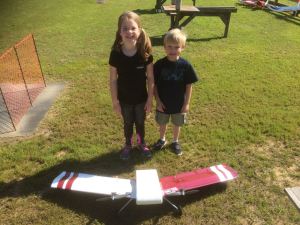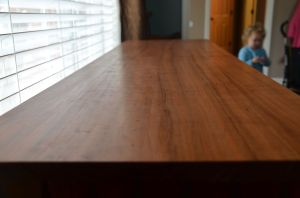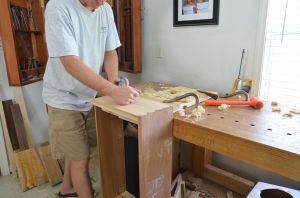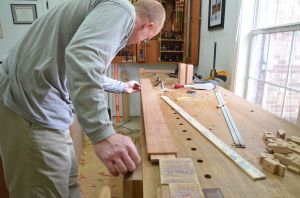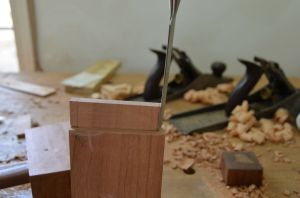A few readers have asked if I’m still alive and/or building things out of wood. I’m confirming both to the affirmative. Thanks for the notes! I suppose an update is in order.
You may have noticed that I just posted a lot of tools on my “for sale” page. Don’t panic! I haven’t quit woodworking and I’m not planning to die anytime soon. I’m just reducing the number of tools that I have in my shop. After my trip to a LN Hand Tool event, I’ve been hooked. I’ve been switching over to LN planes (slowly) and I just haven’t been using the Stanleys as often. I’m the type of person who can not keep things that I’m not using, so these tools can go to new homes if people will give me a fair price for them.
In other news, I’m scheduled to teach another hand plane class at the woodwork shop in Memphis, TN on April 25. Watch that date – it may change to May. I hope lots of people turn out because the class is always fun. I really enjoy introducing people to the experience of using a well-tuned plane. I never tire of seeing the fun people have when they experience how easy it is to surface wood with a sharp iron and good technique.
Now, for the “update”. What have I been doing? My middle daughter (call her K) expressed an interest in robotics a few months ago. Thanks Disney and Big Hero 6. I didn’t need much encouragement to pursue this interest since it involves making things and learning about new stuff. I decided that building drones would be a fun way to teach/learn robotics, so that has consumed most of my shop time recently.
Daughter (K) and nephew (J) really enjoy their time at the local R/C airfield.
Naturally, I’ve been working on what is called “scratch builds”. Designing and building toys airplanes is just as fun as building furniture, it’s just a lot more temporary. One crash and they are done. I’ve developed a reputation at the R/C airfield for trying crazy designs – that fly a little crazy.
I can testify that a french workbench is also an excellent workbench for other building hobbies.
Least you think that I’m done with wood – fear not. I’ve been working on some “staked furniture” as described by CS in his excellent new book. I’m reading it now and will post a review when I’m done. Suffice to say it is excellent and the techniques he describes can make the process of building nice furniture faster and easier than you think. Buy it.
Recent experiemental builds – 2 stools and a staked sawbench
Here are 3 things I’ve built recently as experiments. The sawbench (far right) is a test of strength. The legs are only 3/4 inch diameter at the top. I wanted to test the limits of this staked technique. It can hold 200 lbs with little trouble, providing the floor is not slippery. That’s impressive considering how spindly the legs and top are. It is super light, which is helpful for this shop appliance. The carved stool on the left was an experiment in carving a seat. Not great, but still surprisingly comfortable. The stool in the middle is my best so far. I plan to build 3 more like it next. I should be able to do a build series on it, so stay tuned. I think that’s all I can type for now.
Bob Jones




